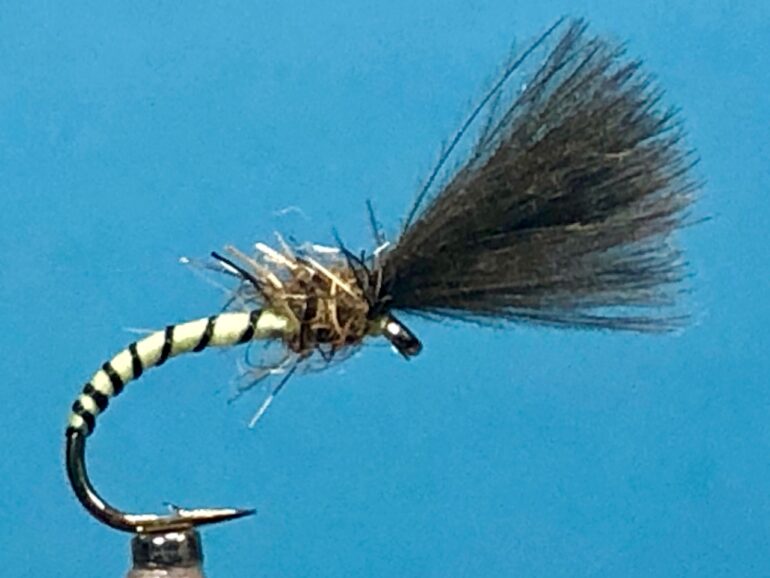
A Fly to Tie And Try June 2021 by Les Lockey
Fly of the Month – June
The Yellow Owl (Emerger)
Hook: Kamasan B160, short shank hook, size 12.
Thread: Pale yellow Textreme micro floss, 110 Denier, from FLYBOX.
Rib: Black tying thread.
Abdomen: Same as for thread.
Shuttlecock: 4 to 6 natural CDC feathers, depending on feather quality.
Thorax: Hare’s ear fur or fox squirrel body fur, dubbed.
Photo 1. Place the hook in the vice, catch on the floss behind the eye and wind it in touching turns to the thorax, then remove the tag end of floss.
Photo 2. Catch in the black thread rib and continue to wind the floss in touching turns to part way round the hook bend, binding down the rib as you go.
Photo 3. Using touching turns, wind the floss back to the thorax then take the black thread and wind it in open spirals up the abdomen to the thorax, secure with floss and remove the excess thread.
Photo 4. Align the tips of the CDC feathers and with the tips forward of the eye and about the same length as the hook shank, tie them in. Trim off the waste CDC at a slight angle and bind down the ends securely with floss.
Photo 5. Dub the fur onto the floss and form a small but spikey thorax.
Photo 6. Bring the floss in front of the CDC feathers, add a small drop of varnish or superglue to the floss and make a 3 turn whip finish though it then remove the floss to complete the fly.
Tying tips
- Textreme micro floss is relatively strong, but being multistranded, it is easily frayed which weakens it considerably, so I use the floss in a smooth bobbin holder and try to remember to keep it well away from hook points.
- Use a lightly waxed, twisted thread for the rib.
- Whenever possible, I prefer to obtain my dubbing fur directly from the hide of the animal. However, limited quantities of the required short spikey fur can be harvested from a pair of hare’s ears, so I usually use fox squirrel body fur as a more cost-effective alternative.
- Prior to dubbing the thorax, spin the bobbin holder clockwise to twist the floss tight, then with moistened fingers, apply the fur to the floss a little at a time – a tiny amount of fur is all you need – apply too much and it either falls off the floss or clumps together resulting in a very bulky thorax.
- After the fly has been tied, I brush the CDC feathers with liquid Mucilin Dry Fly Silicone and leave to dry thoroughly for 24 hours. Newly treated feathers take on a waterlogged appearance, but after drying, a gentle finger rub restores them to their natural state, ready for your fly box. Treated flies float like corks even after catching numerous fish.
Fishing notes
- Stillwater dry fly fishing is sometimes considered a minor tactic, only to be used when confronted with rising fish, but on Coldingham Loch this can be a big mistake. Even when fish are not showing, Coldingham trout are invariably cruising high in the water and looking up for their next mouthful. However, the term “dry fly” is something of a misnomer when applied to stillwaters, because although the flies are fished in the dry fly style, the flies themselves are anything but dry. Forget jaunty traditional dries, precariously balanced on stiff genetic cock hackles and proudly sitting high and dry on the water’s surface – stillwater dries need to sit low in the surface film and might even have to poke through it to be successful, as is the case with the Yellow Owl.
- Watch for swallows and house martins flying low over the water- they often betray a localised hatch of insects.
- Buzzer hatches regularly occur in shallow, calm water and in these conditions, stealth and delicate presentation are the keys to success. If boat fishing, stay seated, and keep noise to a minimum. Remember, sound vibrations carry a long way in water and will quickly put rising fish down, so try to avoid using the motor and the anchor near rising fish. Keep casting to a minimum and resist the temptation to cover every rise, as this will only spook the fish. I find the best option is to cast into a general area of activity, straighten the fly line and leave the fly completely static – be assured the fish will find the fly. This requires patience and considerable willpower, which for many anglers, is often the most difficult part of the whole exercise.
- For finicky trout, trimming the CDC feathers to about half their original length, will often convert refusals into positive takes.
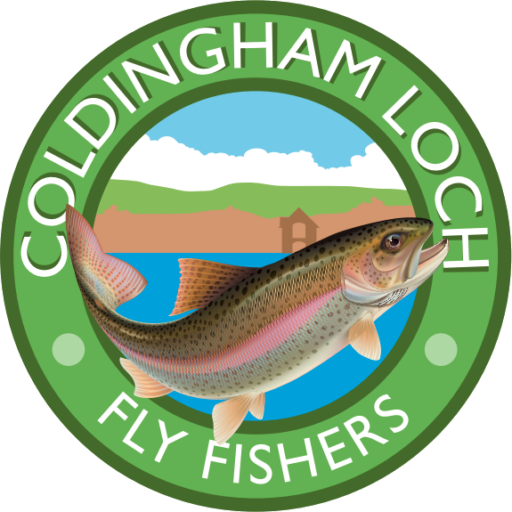

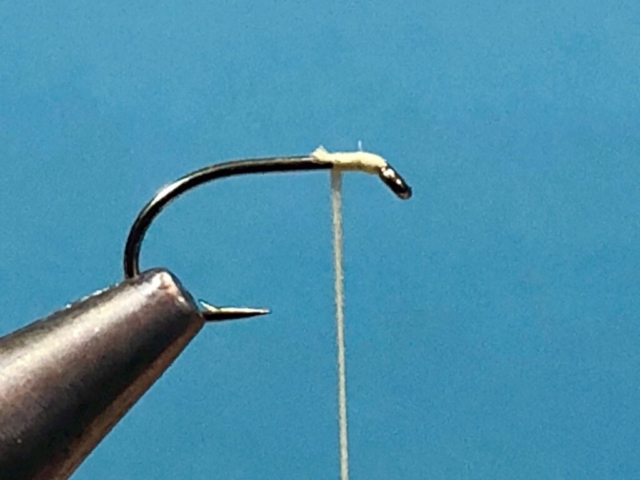
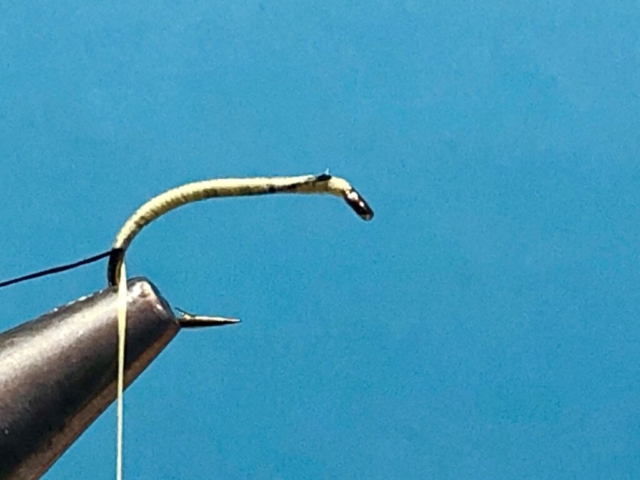
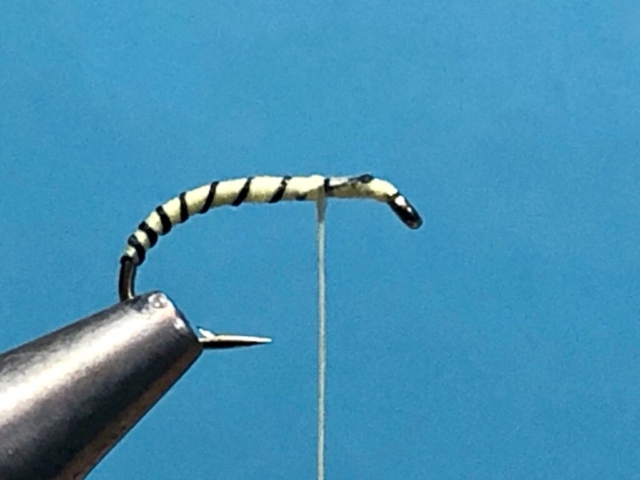
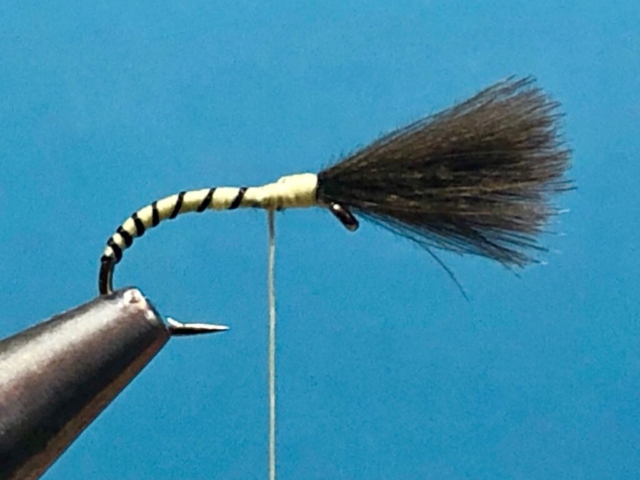
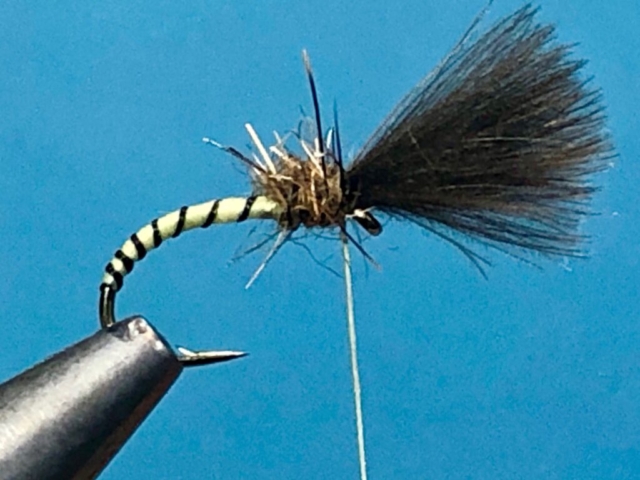
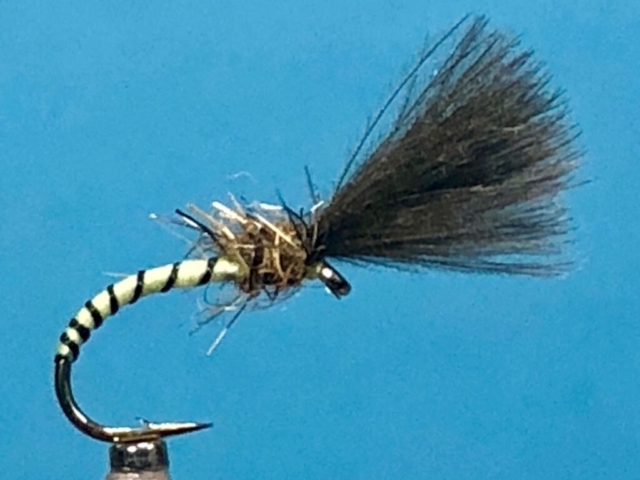

Recent Comments